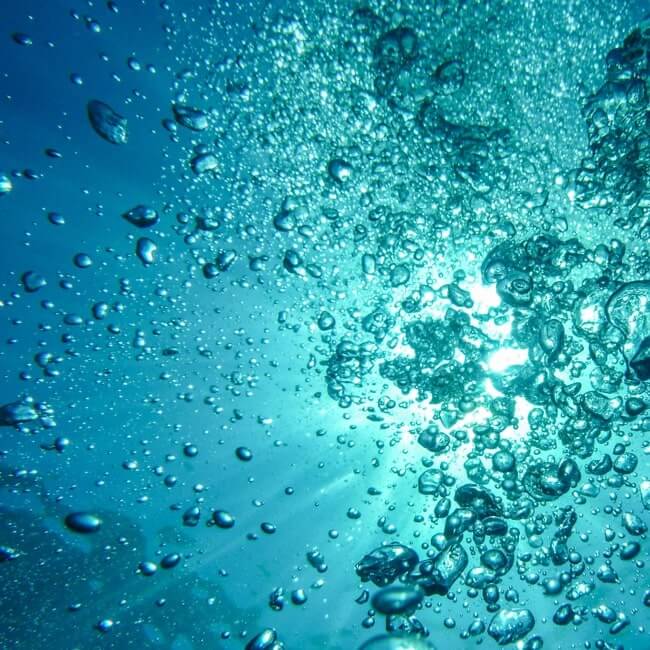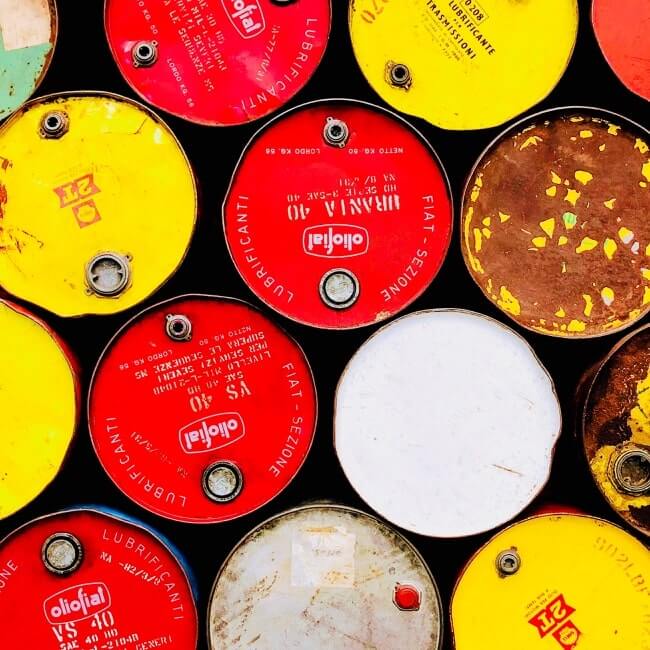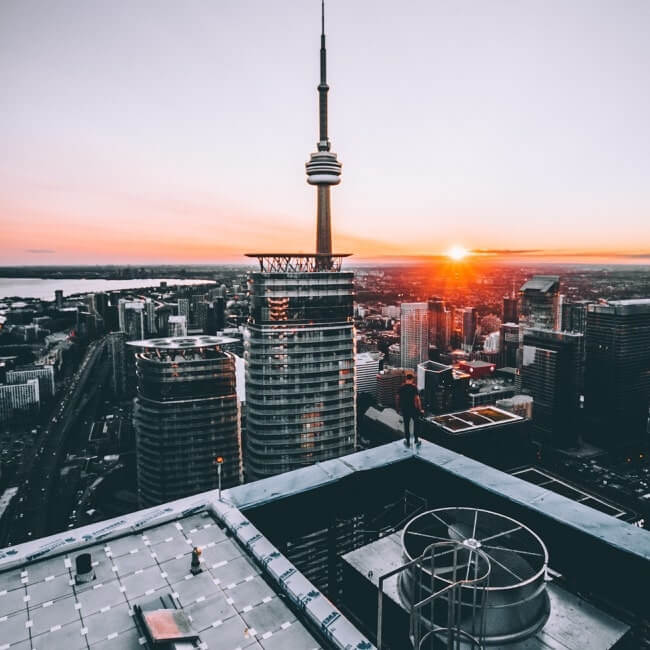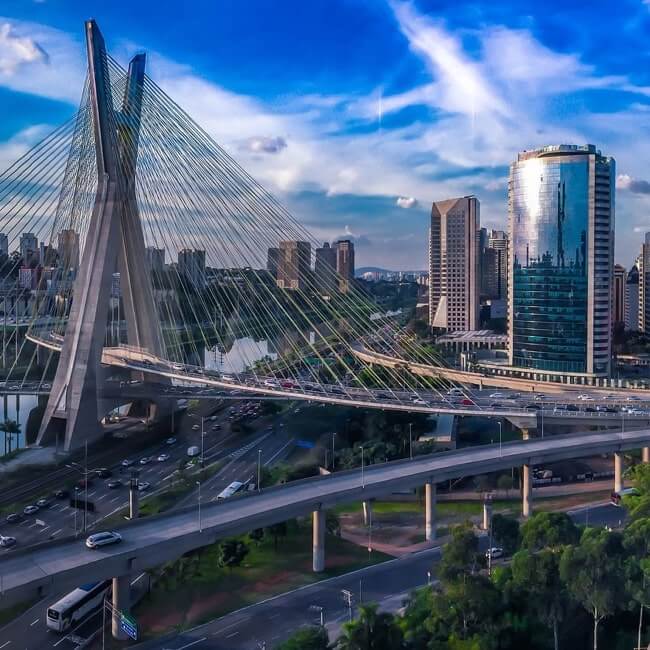Partnerships with purpose: PPPs in Latin America

As the Inter-American Development Bank (IDB) prepares to host Latin America's largest public-private partnership (PPP) event in Panama City on July 18-20, the region grapples with a public budget crisis that hinders efforts to bridge its historic infrastructure gap in the transportation and water and sewerage sectors, among others.
Just in the water sector alone, the region has a US$400 billion investment deficit and low private-sector participation, says Gastón Astesiano, head of the IDB's PPP team.
In this interview, Astesiano gives examples of how the PPP model is currently advancing economically and socially viable projects across Latin America, while also being mindful of bureaucratic challenges and the political factor.
BNamericas: What are the challenges that the IDB has identified facing PPPs in Latin America?
Astesiano: The region has made progress but continues to have critical areas for improvement where it lags more developed countries, such as the ability to structure bankable projects in a sustainable manner. I'm referring to both the environmental and social dimensions and a third dimension that is very important to us, which is fiscal sustainability. That means that countries can face and identify the potential risks and fiscal obligations arising from these contracts.
The other major area of development is being able to have a more systematic approach to project impact evaluation in order to learn from the implementation of the tool and incorporate successful experiences and areas for improvement into new projects.
BNamericas: Tell us about the efforts to structure six sanitation projects in Peru with ProInversion.
Astesiano: The six plants are beginning the structuring phase and will go to market in 2024-2025. We also recently started a project for a desalination plant. There are eight projects in total: seven wastewater treatment plants and the desal plant.
BNamericas: How do you see the opportunities for PPP projects in Mexico?
Astesiano: Mexico has had different sectors that have benefited from the model, and it has the experience to use it both at the national and subnational levels, although we at the IDB PPP group are not working in Mexico.
BNamericas: The Chilean public works ministry has launched a tender with the help of the IDB to carry out studies and prepare financing for PPP projects. Could this initiative be replicated in other countries?
Astesiano: In the specific case of Chile's General Directorate of Concessions, we're working very closely both on the development of the guidelines for sustainable concession projects and in the mainstreaming of sustainability in general in the project creation process. We have also been studying the private sector's potential and successful experiences in multipurpose desalination plants. We've are also supporting the General Directorate of Concessions in the first evaluations of the Santiago-Valparaíso railway project.
In Peru, with ProInversión and the economy and finance ministry, we're working to develop sustainability guides for the entire PPP cycle. We have done the same work with ANI in Colombia.
We have also done it in Jamaica, where we have developed the policy for the sustainability of PPP projects and are working with Panama on developing tax regulations; that is, how to identify, measure, and mitigate the fiscal risks of PPPs. We've also worked on specific projects such as roads and the judiciary building, which are in structuring.
We're doing the same in Paraguay with a highway project, route 1, and helping the government develop standard general clauses for a PPP contract with the best international project finance practices.
We did it with Brazil during the previous administration, where we discussed how to improve the contract model to make it more bankable for the Brazilian capital market. The Brazilian market has a very large subnational element, where we work a lot at the state level. We have finished structuring the train project between São Paulo and Campinas, one of the largest projects currently in Brazil, which is in the prequalification phase, and are starting new projects both in the transportation sector and in the environmental assets sector with the São Paulo government.
One theme of the PPP Americas 2023 event is sustainable infrastructure. It is not only a corporate mandate of the IDB Group to work in association with climate change mitigation through sustainable infrastructure projects, but also to help countries attract sustainable investors.
BNamericas: Which parts of the region have the toughest time implementing PPPs?
Astesiano: The region is economically heterogeneous, and the PPP programs also have different levels of development. We see a great opportunity with great challenges in both the Caribbean and Central America. Panama has a very ambitious PPP program and has created a national PPP department. Jamaica has a consolidated PPP and concessions program with a public bank such as the Bank of Jamaica.
We're structuring one of the largest ports in the Caribbean, Port of Spain in Trinidad and Tobago, and also beginning to support Barbados with another port. But if we look at the Infrascope index as a diagnostic tool on institutional capacity, we can see countries that still have certain aspects of institutional capacity to develop. Without a doubt, Costa Rica is beginning to move toward a more prioritized program that has started with the Port of Caldera and they intend to apply it in the highway sector.
We are not working in Nicaragua, where no interest has been shown in structuring new projects from the PPP point of view.
The region has a group of countries with a more developed and consolidated PPP program, particularly Brazil, Chile, Peru and Colombia. It does not mean they cannot improve, but these countries have been advancing in using this instrument over the last two decades.
Other countries have tried to advance in the last decade, such as Uruguay, Panama, and recently Ecuador, with its renewable projects. Perhaps now Costa Rica will join that group. Paraguay also managed to award two highways and is working with us to award a new highway that could go out to tender at the end of the year. And then there are the countries at a more incipient stage of the program where there are greater opportunities for progress.
BNamericas: The bank has a focus on sustainable projects. What's the trend there?
Astesiano: The region has a huge challenge in the development and maintenance of infrastructure. To close the infrastructure gap and meet the challenges of sustainable development, from now through 2030 the region must invest close to US$2.2 trillion, or approximately US$300 billion per year. Today the region invests US$150 billion in infrastructure and would need to double its investment, which is just under 3% of regional GDP, to reach a level above 5%.
The region emerged from the pandemic in a complicated situation and must optimize investment. The great opportunity and challenge is to attract private capital efficiently and with projects that provide value for money.
The region has a record consistent with attracting private investment in infrastructure, where more than 80-85% goes to two sectors: the energy sector and the transport sector. And in the transport sector, three subsectors: road, ports and airports. In the electricity sector, the generation, transmission and distribution sectors have clearly had a very successful involvement in the private sector and have allowed the advancement of renewables.
Then there is the water and sanitation sector, where we have a huge challenge with very low private participation. Due to the investment lag, sector governance and the climate crisis, the water and sanitation sector poses the greatest infrastructure challenge. The region should invest nearly US$400 billion in the water and sanitation sector alone to develop and maintain the infrastructure the sector needs to achieve the 2030 Sustainable Development Goals. It's unfeasible to think that everything is going to be public or everything will be private. The balance will be found in the analysis of each country.
BNamericas: What are other ways to prioritize projects besides PPPs?
Astesiano: We have studied a lot of successful programs in India and Australia on asset recycling. One opportunity that the region can explore is how to monetize built infrastructure assets and move to operation and maintenance models of brownfield projects. The region does not have a good infrastructure maintenance record. Latin America is the developing region that mobilizes the most capital to the infrastructure sector and could use lessons already learned to maintain its infrastructure through different models.
***
PPP Americas 2023 is the most important forum on public private partnerships in Latin America and the Caribbean. The eleventh version of this event will take place July 18-20, 2023, in Panama City. The agenda includes six thematic axes: Climate/sustainable investment, digital transformation, logistics chains, employment creation, driving inclusion and measuring impact.
Subscribe to the leading business intelligence platform in Latin America with different tools for Providers, Contractors, Operators, Government, Legal, Financial and Insurance industries.
News in: Water & Waste (Mexico)

US, Mexico ready US$470mn Tijuana-San Diego waterworks
Tenders are being prepared and construction planned to start to improve water infrastructure in the border area.

Green hydrogen pilot to be tendered by Mexico's Matamoros
The local government approved the project last week, establishing a concession period of 25 years.
Subscribe to Latin America’s most trusted business intelligence platform.
Other projects in: Water & Waste (Mexico)
Get critical information about thousands of Water & Waste projects in Latin America: what stages they're in, capex, related companies, contacts and more.
- Project: Water Treatment Plant No. 5 in Tlajomulco (Second Stage)
- Current stage:

- Updated:
3 months ago
- Project: Renovation of the Chapala - Guadalajara Aqueduct
- Current stage:

- Updated:
3 months ago
- Project: Modernization of the Malpaso Hydroelectric Plant
- Current stage:

- Updated:
3 months ago
- Project: Modernization of Five Generating Units of the Belisario Domínguez Hydroelectric Plant (Angostura)
- Current stage:

- Updated:
3 months ago
- Project: Expansion of the El Ahogado Wastewater Treatment Plant (WWTP)
- Current stage:

- Updated:
3 months ago
- Project: Wastewater Treatment Plant of the Metropolitan Area of Pachuca
- Current stage:

- Updated:
4 months ago
- Project: Durango Water Treatment Plant
- Current stage:

- Updated:
4 months ago
- Project: Expansion of Irrigation District 018 of the Yaqui People
- Current stage:

- Updated:
4 months ago
- Project: El Batán Agua Para Todos Water System
- Current stage:

- Updated:
4 months ago
- Project: Elite 1 CC combined-cycle generation plant
- Current stage:

- Updated:
4 months ago
Other companies in: Water & Waste (Mexico)
Get critical information about thousands of Water & Waste companies in Latin America: their projects, contacts, shareholders, related news and more.
- Company: Secretaría del Agua y Medio Ambiente de Zacatecas (SAMA de Zacatecas)
-
Mexico's Zacatecas State Water and Environment Department (Sama) is tasked with laying down and coordinating the region's environmental and water resources policies. It is respo...
- Company: Grupo de Desarrollo de Tamaulipas, S.A. de C.V. (GDT Constructora)
-
The description contained in this profile was taken directly from an official source and has not been edited or modified by BNamericas researchers, but may have been automatical...
- Company: Comisión Estatal del Agua de Baja California (CEA Baja California)
-
Mexican water authority Comisión Estatal del Agua (CEA) is a government agency responsible for regulating Baja California state's water and sewerage industry, and promoting wate...
- Company: Concesiones Integrales S.A de C.V. (Agua de Puebla)
-
The description contained in this profile was extracted directly from an official source and has not been edited or modified by BNamericas researchers, but may have been machine...
- Company: Comisión Nacional del Agua (CONAGUA México)
-
Mexico's national water authority Conagua was founded in 1989 and is responsible for managing and protecting the country's water resources in order to ensure their sustainable u...





